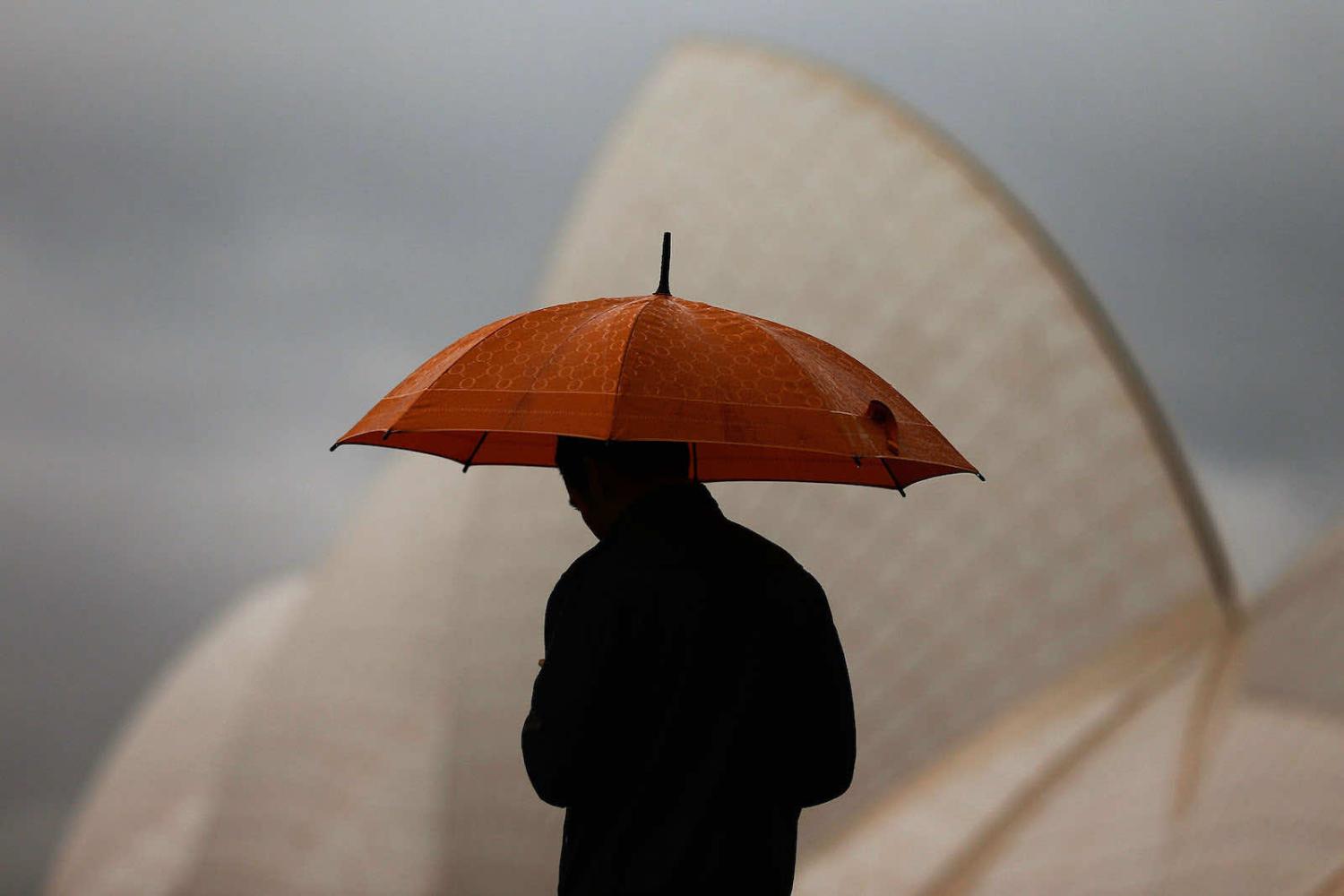The 2022 federal budget was handed down on Tuesday night, and it appeared mostly bad news for Australian foreign policy. Amid all the talk of an international order deteriorating before our very eyes, government will reduce spending on diplomacy and overseas aid by as much as 19 per cent in the years to 2026.
This decline will be in spite of the welcome resumption of indexation for Official Development Assistance, which will provide a slight lift to baseline development funding, and a number of new temporary and targeted measures to support development and infrastructure in the Pacific. Yet Australia’s overall diplomacy appears the loser, with funding for “Foreign Affairs and Trade Operations” falling from more than $1.27 billion in 2022–23 to closer to $1.15 billion in 2025–26.
As has been well covered in The Interpreter and elsewhere over the years, funding for the Department of Foreign Affairs and Trade has flatlined dramatically over the past three decades. By some metrics DFAT is smaller in 2022 in absolute terms than it was 15 years ago, with a smaller diplomatic network than other similar economies.
Australia has a historic opportunity to think differently and strategically about how the nation develops and practises foreign policy in a rapidly changing world.
The hollowing out of DFAT doesn’t bode well for how Australia navigates a rapidly deteriorating global security environment, which the government often points out is the worst Australia has faced since the Second World War.
But look closely and maybe there’s a silver lining to DFAT’s budgetary woes. Where there are challenges, there is opportunity.
Australia has a historic opportunity to think differently and strategically about how the nation develops and practises foreign policy in a rapidly changing world. How Australia builds a 21st century foreign affairs department “fit-for-purpose” to use the favoured phrase of the day. How Australia can invest in and enhance its diplomacy in a world where every relationship is important, and interests are under pressure from many directions, not only in a security sense, but in trade and influence, from the environment to questions of cultural appeal. All this in an age increasingly characterised by the blurring of foreign and domestic policy.
After all, DFAT’s problems go beyond a lack of funding. More money certainly helps, but funding alone isn’t the long-term solution to the way foreign policy is developed or performed or the quick fix to enhance Australia’s international influence that pundits and practitioners alike often think it is. DFAT may be underappreciated but reform of the department could involve reimagining the way Australia protects and promotes its interests and values for the better.
With a federal election looming, a returned or newly formed government should seize the opportunity to undertake a review of DFAT before committing significant new funds to the department. This should not be done in isolation. The Australian National University’s Rory Medcalf has called for a national interest strategy, which sets out how the Australian government integrates and balances security issues with prosperity and social cohesion. As the next government forms at a time of rapid global change this is a commendable approach. It could sit alongside a new Foreign Policy White Paper, bringing more cohesion between Australian government strategies.
So yes, the latest federal budget wasn’t great for DFAT, although no one really expected differently. But instead of the familiar round of recriminations and calls for more funding, there is an opportunity to take stock and think about how Australia can better use all levers of national power and statecraft to protect and promote its interests, and the foreign policy and diplomatic apparatus needed to do so.
